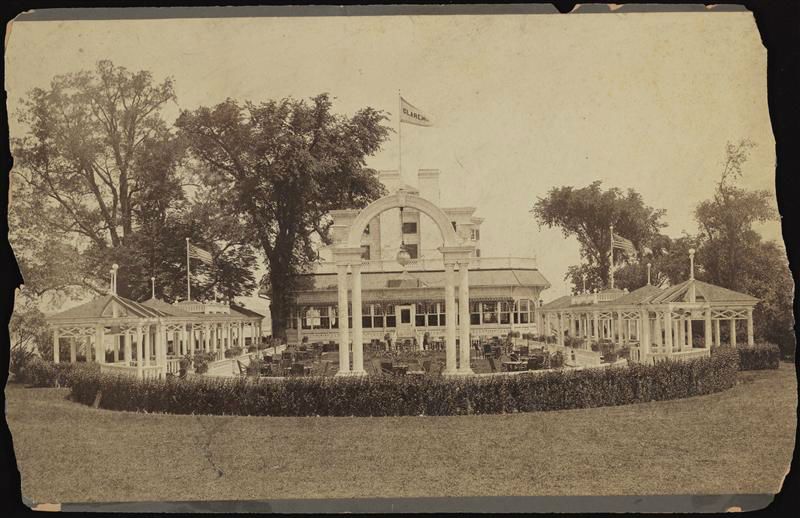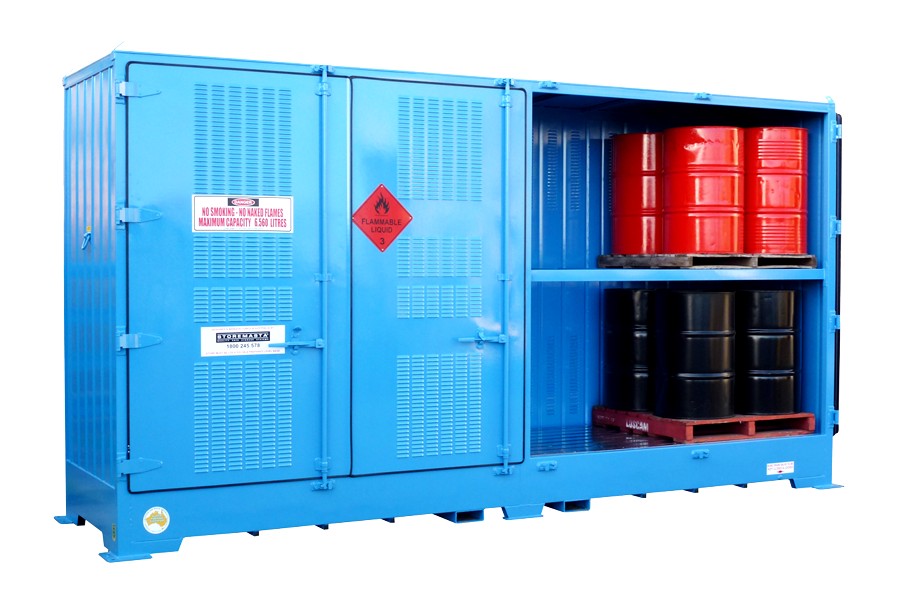
By HWM
In the world of office culture, few things are as iconic and divisive as the cubicle.
For decades, these compact workspaces have been a staple of corporate environments, embodying both the promise of privacy and the limitations of confinement. Yet, as the nature of work continues to evolve, so too do the cubicles themselves. What was once synonymous with monotony and soul-crushing bureaucracy is now being reimagined as hubs of creativity and collaboration. This article explores the evolution of cubicle offices, from their humble beginnings to their current resurgence in modern workplaces.
The Birth of the Cubicle: A Brief History
The concept of the cubicle as we know it today can be traced back to the 1960s, when designer Robert Propst introduced the Action Office system for Herman Miller, a furniture company. Intended to provide workers with a more flexible and efficient workspace, the original cubicle was envisioned as a modular unit that could be customized to suit individual needs.
However, the original vision of the cubicle as a liberating force for workers soon gave way to a more standardized and utilitarian approach. By the 1980s and 1990s, cubicle farms had become synonymous with corporate America, with rows upon rows of identical cubicles housing workers in a sea of beige partitions. This era saw the rise of the Dilbert stereotype: the downtrodden office worker trapped in a soulless cubicle, toiling away under fluorescent lights.
The Revolt Against Cubicle Culture
As the drawbacks of traditional cubicle office became increasingly apparent, a backlash began to emerge. Employees grew weary of the lack of privacy, stifling atmosphere, and rigid hierarchy that cubicle farms often fostered. In response, companies began to experiment with alternative office layouts, such as open-plan offices and remote work arrangements.
However, these alternatives came with their own set of challenges. Open-plan offices, in particular, were criticized for their lack of privacy and constant distractions, leading to decreased productivity and employee dissatisfaction. Meanwhile, remote work, while offering greater flexibility, often resulted in feelings of isolation and disconnection from colleagues.
The Cubicle Renaissance: A New Approach to Workspace Design
In recent years, a new trend has emerged: the reinvention of the cubicle office. Recognizing the need for a workspace that offers both privacy and collaboration, companies are now incorporating elements of the traditional cubicle into modern office designs. However, instead of rigid partitions and uniform layouts, these new cubicles are characterized by flexibility, customization, and a focus on employee well-being.
One example of this trend is the rise of modular cubicle systems that can be easily reconfigured to suit changing needs. These systems allow employees to personalize their workspace, creating environments that reflect their individual preferences and work styles. In addition, companies are incorporating amenities such as standing desks, ergonomic chairs, and soundproofing materials to create a more comfortable and productive work environment.
The Benefits of Cubicle Offices Done Right
When done right, cubicle offices can offer a number of benefits for both employees and employers. For employees, a well-designed cubicle office can provide a sense of privacy and autonomy, allowing them to focus on their work without constant interruptions. In addition, customizable workspaces can help foster a sense of ownership and pride, leading to increased job satisfaction and morale.
From an employer’s perspective, cubicle offices can offer a cost-effective solution to the challenges of modern office design. By maximizing the use of space and minimizing the need for expensive renovations, companies can create functional work environments that support productivity and collaboration. In addition, the flexibility of modular cubicle systems makes it easier to accommodate growth and changes in organizational structure.
Conclusion: Rethinking the Cubicle Office
In conclusion, the cubicle office is undergoing a renaissance, as companies seek to balance the need for privacy with the benefits of collaboration and flexibility. By incorporating elements of the traditional cubicle into modern workspace design, companies can create environments that support employee well-being and productivity. However, the key to success lies in striking the right balance between privacy and collaboration, customization and standardization. With the right approach, the cubicle office has the potential to become not just a symbol of corporate conformity, but a dynamic hub of creativity and innovation.
- Harlem’s Claremont Inn, Home Of Presidents, Dukes, Princes, A Princess’s And Others, 1804
- Southampton: Year-Round Charm, Business Leaders Unite To Energize Southampton’s Economy
- What’s Up Miss Lil: Harlem Cultural Festival Foundation Celebrates 55 Years Of Soul
- What’s Up Miss Lil: 2024 NYC Marathon Journey Through Harlem
- Mayor Adams Announces City Hall And Buildings To Shine Green For Youth
Become a Harlem Insider!
By submitting this form, you are consenting to receive marketing emails from: . You can revoke your consent to receive emails at any time by using the SafeUnsubscribe® link, found at the bottom of every email. Emails are serviced by Constant Contact









